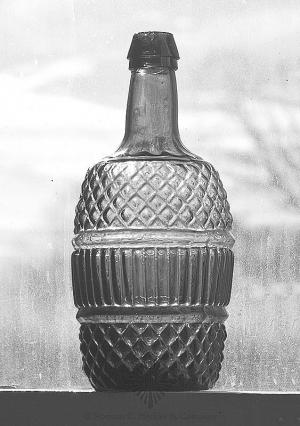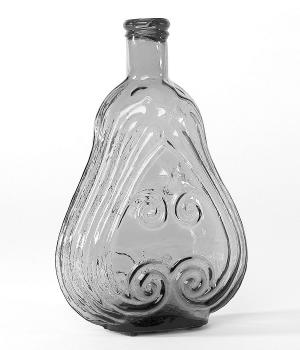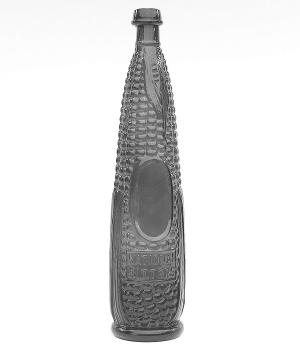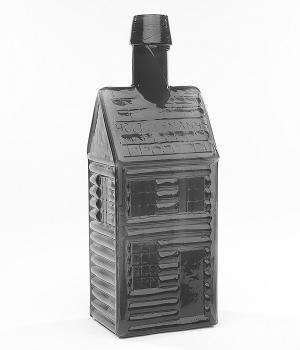2013 - Volume #37, Issue #5, Page #24
[ Sample Stories From This Issue | List of All Stories In This Issue | Print this story
]
Old Glass Bottles Climbing Fast In Value
 |
 |
 |
 |
“Figural bottles”, shaped like corn, cabins, barrels, fish and Indian queens are popular among bottle collectors, says John Pastor, publisher of Antique Bottle & Glass Collector magazine, and owner of American Glass Gallery, which sells bottles through direct sales and absentee auctions.
Priced according to color, condition and rarity, bottles made between 1860 to 1880 start around $300. Some earn substantially more such as a sapphire blue figural barrel whiskey bottle a woman found at a thrift store near Chicago. The price tag said $1, and she had a coupon to buy it for 70 cents.
“It brought $25,760 at our auction last fall,” Pastor says. “She said she probably wouldn’t have bought it if it had been $3.”
The most desired and valued bottles are historical flasks, such as the eagle on a Coffin & Hay flask (c. 1838) that sold for $11,200. Historical flasks were made from 1815 to 1875, and the bottles generally had whiskey in them, while National Bitters bottles contained bitters, considered a medicinal drink though it also contained alcohol.
Pontiled medicine bottles made prior to 1860 are also sought out by collectors. Pontil refers to the rough scar on the base left from when the glass blower removed the bottle from the pontil (iron) rod. The high bid at Pastor’s May auction sale for a “Dr. Guysott’s Compound Extract of Yellow Dock & Sarsaparilla” medicine bottle was $3,162.
Black glass — early wine bottles that are very dark green — is another category of bottles valued as high as $15,000 or more.
But Pastor emphasizes that there are many categories of bottles that are very affordable (under $20) and attractive to young collectors. Some specialize in specific categories such as ink, soda, milk, or even nursing bottles.
“We often see new collectors or ones who come from other collecting disciplines,” Pastor says. “They get hooked by finding an old bottle in the crawl space of a home they are renovating, or in a fruit cellar or barn.”
It doesn’t happen as often as it used to, but people also find bottles along fencerows or streams, and construction workers find them in old dumps that have been buried.
Besides bottles, collectors sometimes get sidetracked with glass pieces such as blown glass tableware, including sugar bowls and creamers. Other unusual items include glass target balls (early clay pigeons) and glass fire extinguishers.
Pastor encourages anyone interested in bottles to purchase a sample magazine issue at his website. Every month experts in a variety of collecting categories write articles for Antique Bottle & Glass Collector magazine. Pastor’s magazine/auction website also includes information about upcoming auctions and how to consign items for his catalog auctions. Another good source of information is the organization for collectors, Federation of Historical Bottle Collectors (www.fohbc.org).
Contact: FARM SHOW Followup, John Pastor, P.O. Box 227, New Hudson, Mich. 48165 (ph 248 486-0530; jpastor@americanglassgallery.com; www.americanglassgallery.com).

Click here to download page story appeared in.
To read the rest of this story, download this issue below or click here to register with your account number.




